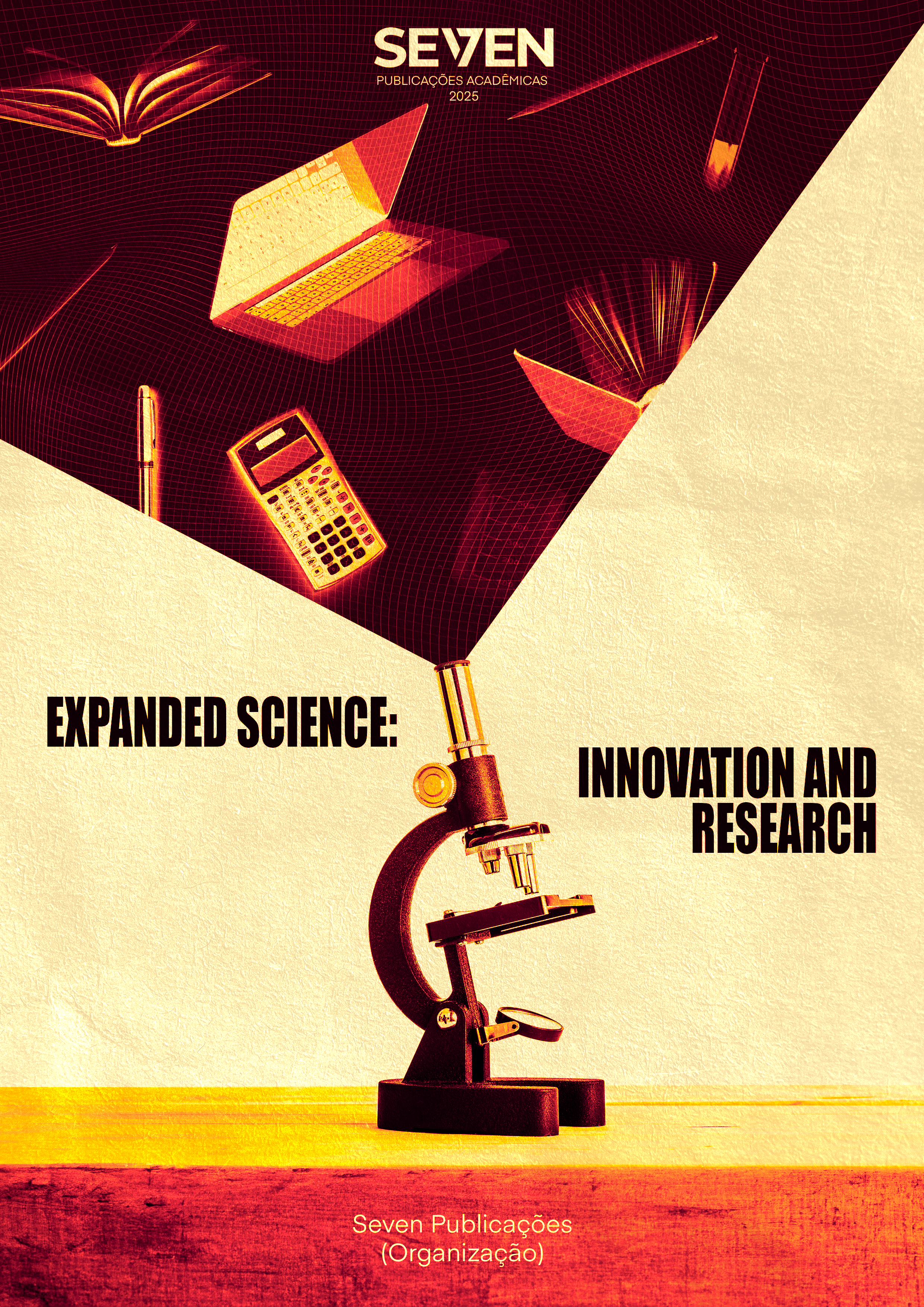EUPHORBIA TIRUCALLI, ACUPUNCTURE AND BIOTECHNOLOGICAL POTENTIAL OF LATEX: PRELIMINARY QUALITATIVE EVALUATION AND PERSPECTIVES
Keywords:
Euphorbia tirucalli, Acupuncture, Biophysics, Electrochemistry, Resinous Bioproduct, Potential Plant BioprocessAbstract
Euphorbia tirucalli is a plant species used for millennia in traditional medicine around the world, especially in Africa and Asia. It has a complex chemical composition, containing modified latex in its stem for defense and intelligent adaptation to inclement weather, which also allows economic use by indigenous peoples and traditional communities. It is a species widely used and researched by China and Japan, countries that maintain their traditional medicines, even influencing national and international markets. This chapter aims to present qualitative and preliminary observations of an innovative methodology using the insertion of an acupuncture needle into the nodal region of the plant specimen's stem for 24 consecutive hours, with subsequent qualitative tests on the digestive activity of this latex, aimed at local environmental problems, such as paper reuse, shrinkage of propylene plastic (IPP-5) for a circular economy, and action against ectoparasites. The chemical analysis of the chemical production of this latex under acupuncture intervention could not be performed because this observation was conducted during the pandemic period of social isolation. Preliminary results presented as qualitative observations revealed an increase in resinous activity, similar to gum, transforming white paper into the appearance and consistency of papyrus. Contrary to previously reported results, no digestion of the IPP-5 plastic occurred. The ectoparasites became inert within eight hours, possibly due to the mechanical effect of this thicker latex. It is noteworthy that the main nodal segment of this specimen developed extensive lignification (never before observed) over six months, recovering its apical activity and with new lateral buds. The chemical production of lignin is of interest, including pharmacological ones. Based on these preliminary observations, a methodological protocol for acupuncture in succulents is being outlined, as the characteristics of this botanical genus will allow for rational investigation of interventions in plant development, chemical production, and biological activities of local environmental action, which may result in financial autonomy for members of indigenous peoples and traditional Eastern communities residing in Brazil in the face of climate-socioenvironmental uncertainties. Furthermore, the possibility of expanding the eco-perception of our undergraduate and graduate students regarding the health-environment relationship and environmental bioethics.
Downloads
Published
Issue
Section
License
Copyright (c) 2025 André Vinícius Wendling da Silva, Naema Wasim, Denise Nagamatsu, Sandra Ávila Gaspar, Marcia Cristina Braga Nunes Varricchio, Alexandre dos Santos Pyrrho, Simone da Silva

This work is licensed under a Creative Commons Attribution-NonCommercial 4.0 International License.





